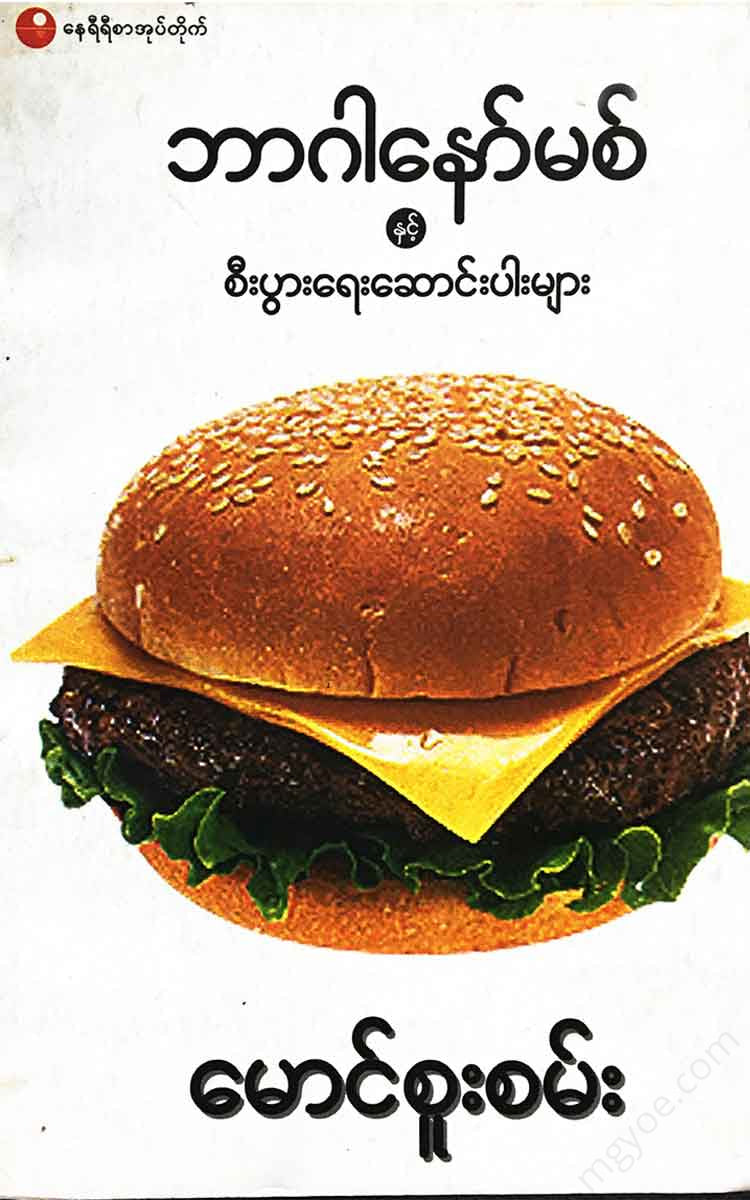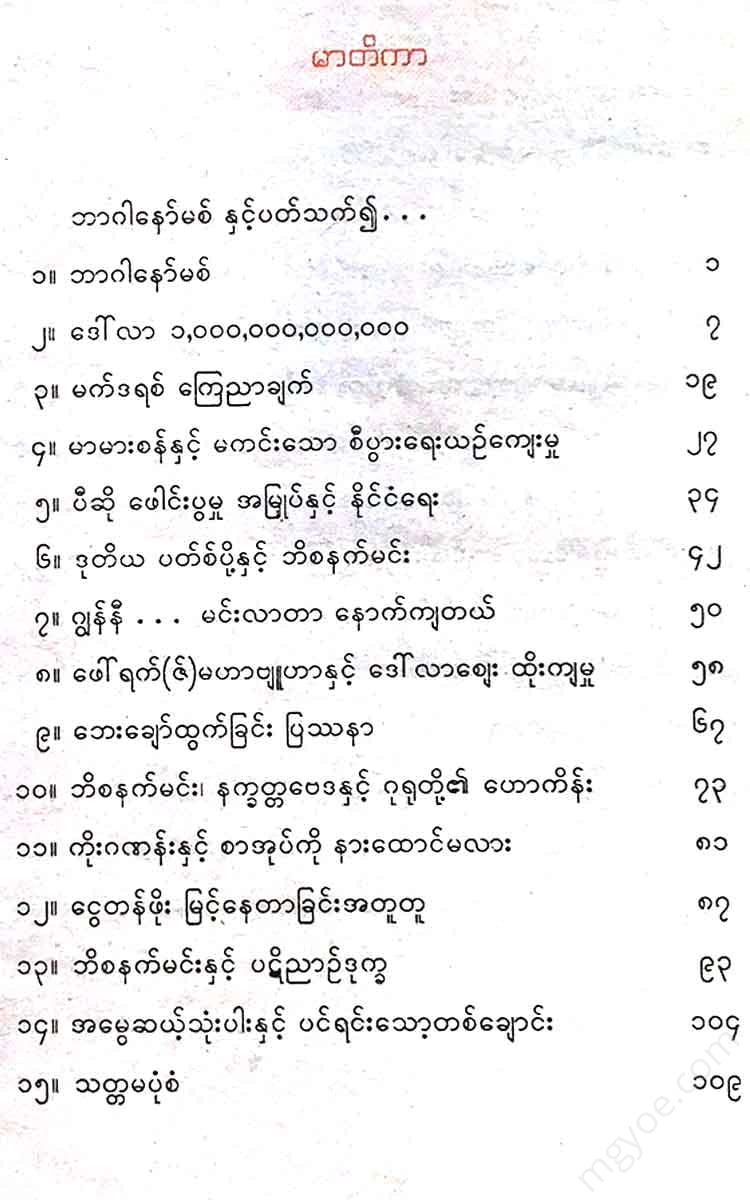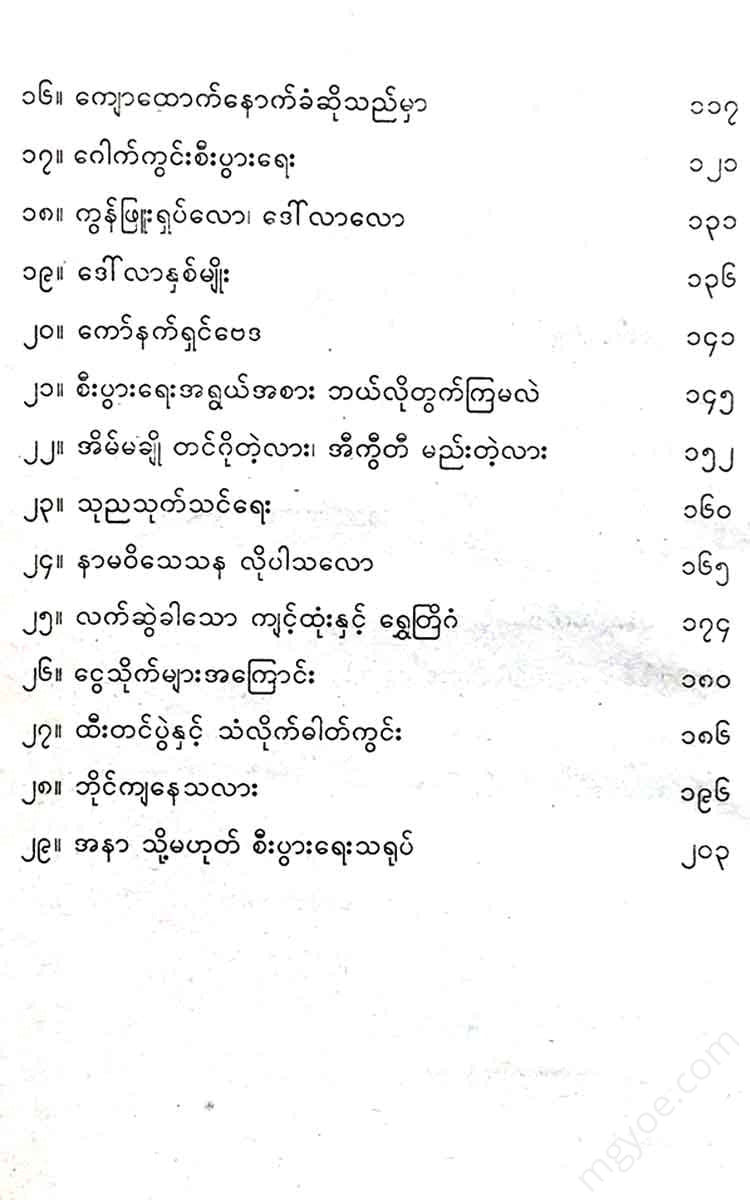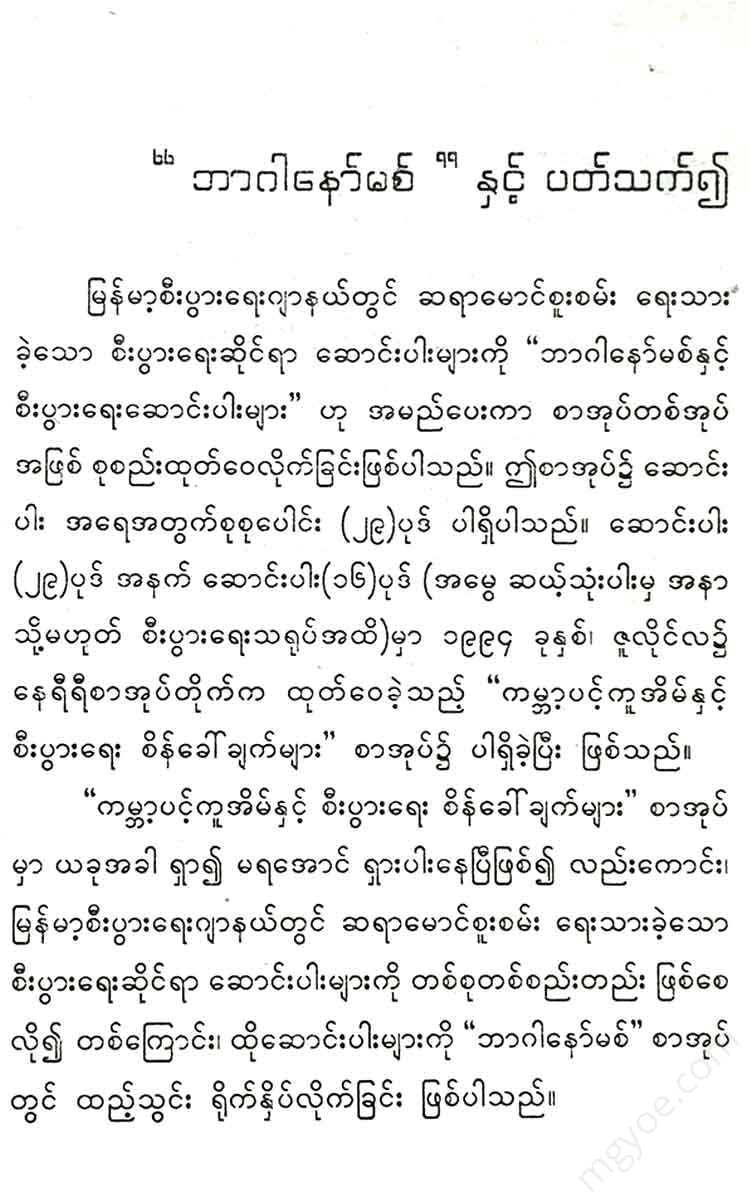Other Websites
Maung Kispa - Burger Nomad and Business Articles
Maung Kispa - Burger Nomad and Business Articles
Couldn't load pickup availability
Burger Nomad
At first, it was a joke and a calculation. Later, when the actual theoretical calculation was done, it was found that the results were not very different from the results obtained. This method has been used since 1986 and is now widespread.
This method is called Burger Nomadism. It is named after the hamburger sandwich sold by the American McDonald's Company. McDonald's hamburgers are produced and sold in 66 countries using local ingredients from their respective countries.
66 countries is no less. There is also the potential to expand and sell in many more countries in the future. McDonald's hamburger is called (Big Mac). Big Mac. It is a hamburger that has spread around the world like the dollar.
Different countries have different foreign exchange rates for their currencies. Foreign exchange rates are, roughly speaking, a reflection of the purchasing power of the respective currencies relative to each other.
Everyone knows that different countries have different exchange rates for their currencies. Let's put aside for a moment how these exchange rates are determined, why they are determined, and so on. Forget about it.
The problem to be considered is whether the exchange rates of the currencies of different countries reflect their true value, do they reflect their false value, are they above their true value, or are they below their true value. These questions are called equilibrium prices, overvaluation, and undervaluation.
In order to think about these issues, I had to ask myself why the sandwich and hamburger were involved. So I asked.
You may have heard it before. The value of money was measured in gold. In fact, the value of the currencies of various countries was based on gold. It was called the Gold Standard and the Gold Exchange Standard.
Now, for fun, they are comparing the value of various countries' currencies to the value of a McDonald's hamburger. This comparison has led to the nickname "burger noir." Hamburgers are considered to be the same as gold.
Hey... Now, the random calculation method, like the systematic calculation method, is not very accurate, so it is time to think seriously. This method has been used since 1986, and it has now been used for 1993 as well.
For this reason, we need to explain a little about the theory of foreign exchange rates. There are three P's in foreign exchange theory: Purchasing, Power, and Parity. The three P's are the calculation of the value of a country's currency based on purchasing power.
According to the three-pi theory, the exchange rate between two countries is based on the purchasing power parity of their respective currencies. To clarify, consider a pair of similar goods and services in two countries. Each pair is purchased in the respective currencies. (A) The country also (A) The country buys (A) with its currency.
Country (B) also buys country (B) with currency (B). If we calculate how much currency can be used to buy each, we get the quantity of currency (A) and currency (B). This quantity is the exchange rate between the two countries.
Thus, the exchange rate at purchasing power parity is called the equilibrium rate. In practice, when trading with each other, the rates fluctuate temporarily. However, in the long run, they should move towards the purchasing power parity rate.
Burger Nomad has replaced the above-mentioned bundle of goods and services with hamburger. Hamburger has become a global commodity, so it is no longer necessary to look at all these product names in one place. It is said that hamburger can be used as a proxy. Hamburger has become a global standard. It has become a global proxy.
The average retail price of a McDonald's burger in four major U.S. cities is $2-$28, including sales tax. In Japan, the burger retails for 391 yen. Compare these two prices. It's 171 yen. That's the price of three McDonald's burgers.
On April 13, one dollar could be bought for 113 yen in Japan. The value of the three pesos was 171 yen, as mentioned above, and the exchange rate was 113 yen, so the Japanese yen was 51 percent more valuable against the dollar. Those interested can do the math.
Currently, economists are predicting that the yen will appreciate to 100 yen per US dollar. This is something that they are taking into account when making these predictions.
Similar to the Japanese calculation above, we also calculate the price of a burger in each country where it is sold. In this calculation, we take the price of a burger in the relevant country's local currency, the price in dollars, the actual exchange rate, the value of the three pips of the dollar, etc. After doing this, we calculate how much the exchange rate for each country is overvalued. Or how much it is undervalued.
This calculation method is called the Hamburger Standard. It is aptly named because it imitates the gold standard method.
The three-pip value is the “standard” for balancing foreign exchange rates. However, foreign exchange rates are not currently moving in the three-pip value. They are changing for other reasons.
In particular, changes in interest rates can greatly affect foreign exchange rates. Foreign exchange rates and interest rates are related.
However, foreign exchange investors and speculators are not afraid to ignore the hamburger pattern. They are studying hamburger economics without taking it lightly. On the other hand, they are constantly paying attention to changes in interest rates.
Myanmar Economic Journal
Volume 1, No. 13











